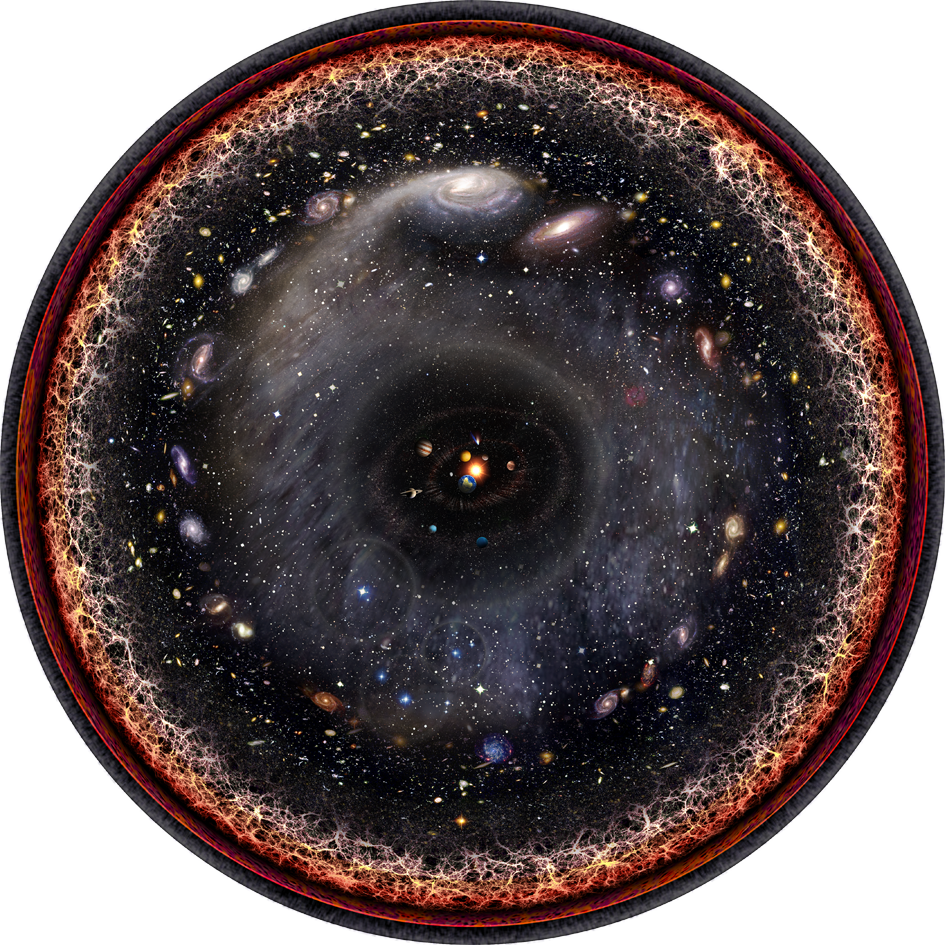1. Modelling in science and technology
1.2 The notion of model
Science is the name, modeling is the game
David Hestenes1
Modelling is the scientific activity of constructing and using models. A model can be a simple scheme with a limited validity, or a fundamental structure such as the double-helix model of DNA. A model can also be one complex mathematical description such as a climate model or the standard model of elementary particles with which the results of accelerator experiments can be predicted with great accuracy.
In case of restriction to natural sciences, one can state that a model always has a purpose (to describe, to explain, to predict, or to ‘make manageable’ the object of research) and a presumed range of validity.2 In short: a model is a conceptual representation of reality intended to make sensible statements about the modelled reality. Other formulations that amount to the same are: a scientific model is a set of representations rules and reasoning structures that allows one to generate predictions and explanations;3 models are units of structured knowledge used to represent observable patterns in physical phenomena.4
A different general description of the notion of model in natural sciences is used in textbooks and in the achievement levels of secondary education: A model is a simplified and/or schematic representation of reality.5 Herein, limitations and/or shortcomings of a model are emphasized. By setting the notion of ‘model’ and ‘reality’ alongside each other, the suggestion is raised that therse exist outside the model an absolute reality that one can eventually get to know through a sequence of increasingly accurate models.
However, the practice of physics research points in a different direction: through research new realities emerge, for which new concepts and models are needed to describe them. The relationship model-object is more complex than just a ‘simplified and/or schematic representation’. The model directs the perception and thinking about the observable reality, and enriches natural sciences with concepts that researchers construct themselves.6
The understanding of models as representations of reality through which one can understand that reality reflects the core of natural sciences. One can look at the field of physics as a model that has grown over time and continues to grow, and through which nature is interpreted.
